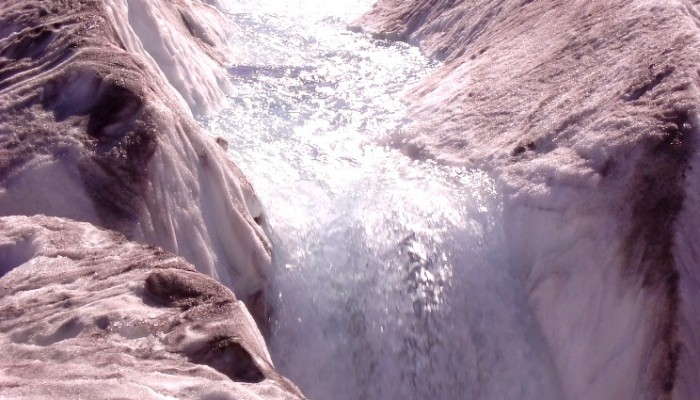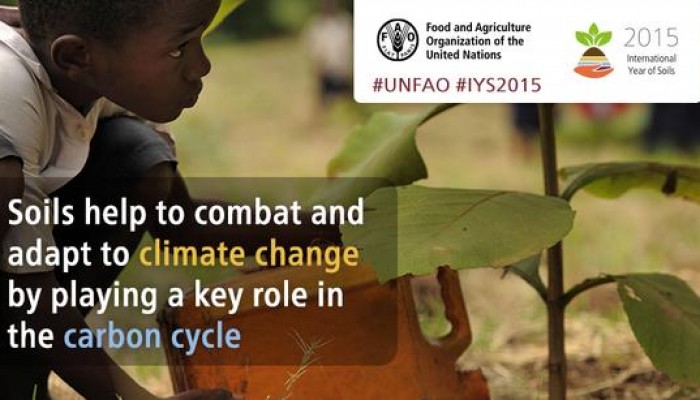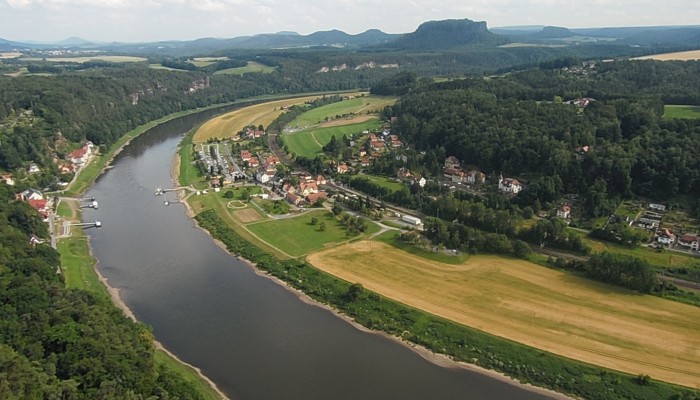Our 3rd Annual Conference, with the theme Fighting Global Poverty – Geology and the Sustainable Development Goals (SDGs) takes place on Friday 30th October, hosted by the Geological Society of London. Session 4 will be a short interactive session with the theme: “How should the Sustainable Development Goals (SDGs) shape… geoscience education, research, industry practice, NGO engagemen ...[Read More]
Geomorphology
Joint MSc field course in geomorphology (Universities of Bonn and Salzburg)
From Wednesday to Saturday 9-12 September 2015, the geography departments of the Universities of Bonn/Germany and Salzburg/Austria, held a joint field course in geomorphology in the eastern European Alps. During these four days, 24 students master students, half from each participating university, gathered in Gmunden, Austria. Here, in the beautiful Salzkammergut, the course addressed topics of ge ...[Read More]
GeoLog
A journey into the Cordon Caulle volcano
There is no escaping the fact that one of the perks of being an Earth scientist is the opportunity to visit incredible places while on field work. There is also no doubt that, geologist or not, walking on an active volcano is awe inspiring. Maybe you’ve had the experience of doing so yourself (if so, share your story with us in the comments section, we’d love to hear from you!), but if ...[Read More]
Energy, Resources and the Environment
Drilling into magma: the future of electricity production from volcanic geothermal systems?
Words on Wednesday aims at promoting interesting/fun/exciting publications on topics related to Energy, Resources and the Environment. If you would like to be featured on WoW, please send us a link of the paper, or your own post, ERE.Matters@gmail.com *** Citation: Scott, S., Driesner, T. & Weis, P. Geologic controls on supercritical geothermal resources above magmatic intrusions. Nature Commu ...[Read More]
Seismology
Who are you? An EGU Seismology Division Visibility Survey
When a PhD student publishes a new paper, of course he/she would like that other scientists will read the work. However, in a busy academic world with many institutional obligations, it might be hard to promote the work and the research you are performing. Social media and blogs, however, can play an important role in research visibility and therefore we can help you! As Early Career Scientists of ...[Read More]
GeoLog
Imaggeo on Mondays: Moulin on the Athabasca Glacier
The Athabasca Glacier is located in Jasper National Park, in the Canadian Rockies. It is the largest of seven named distributary glaciers carrying ice away from the Columbia Icefield, the largest icefield in the Rocky Mountains. This picture shows a summer meltwater stream running on the surface of the ice disappear in a moulin – a vertical shaft forming part of the glacier’s internal plumbing sys ...[Read More]
GeoLog
GeoTalk: Talking about ‘ocean burps’ with James Rae
Trying to understand the reasons behind the global warming of our climate is a never ending quest for scientists across the geosciences. Scientists often rely on deciphering past change to help us understand, and perhaps predict, what might happen in the future. Many will be familiar with the common saying ‘the past is the key to the future’. This is exactly what James Rae, a research fellow at th ...[Read More]
Green Tea and Velociraptors
Crocodiles feeling the heat of extinction
New research on crocodiles shows that a combination of changing sea levels and temperatures were responsible for driving their biodiversity over millions of years. Living crocodiles are threatened by climate change, with 10 out of 23 species at a high risk of extinction. As ectotherms, animals which require external sources of heat to function, they are sensitive to changes in temperature. With 2- ...[Read More]
Soil System Sciences
Soil facts
As part of the activities of the International Year of Soils, FAO has published the following Soil Facts. Contribute with your comments!
GeoLog
Imaggeo on Mondays: The organisation of a river system
The picture shows the Elbe Rivervalley, one of the major rivers of Central Europe. It was taken from the Bastei Bridge close to Rathen, which towers 194 meters above the Elbe River in the state of Saxony in the south-eastern Germany. This region belongs to the national park known as Saxon Switzerland. Together with the Bohemian Switzerland in the Czech Republic, the Saxon Switzerland National Park ...[Read More]








